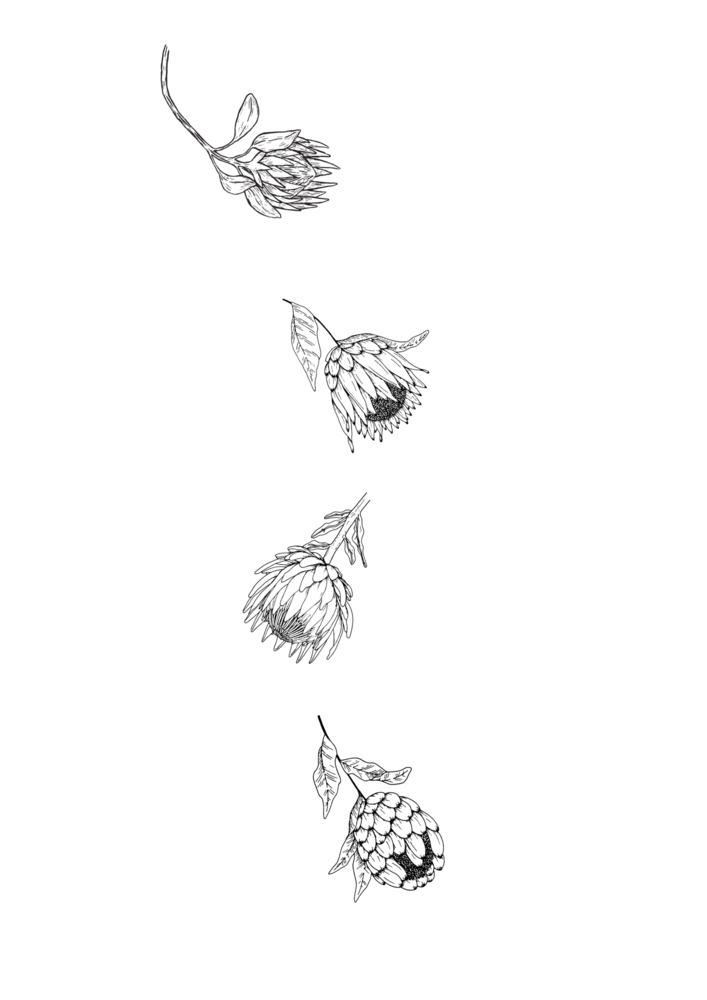Schonken (2024) stated:
“Oh, absolutely and without any doubt. Two key things here: 1) collaboration as an inductive, data generating, experiential practice is at the very core of productive and lasting exchanges; and 2) both composer and performer need to be rather broadly defined to allow for an "art music" practice that can really push and challenge the existing notions of art music.”
Volans (2024) had a slightly different view of this question:
“I really don't understand this question. All composer-performer collaborations are important in many ways. I don't see the relevance however of a 'deeper understanding' of South African music. A deeper understanding by the performer of the composer's work, yes, and a deeper understanding of the instrumentalist and instrument by the composer, yes. But I don't see what the term South African has to do with this” (Volans, 2024).
Asman (2024) continued:
“The composer-performer collaboration can allow musicians to understand South African art music on a deeper level, as it allows both the composer and performer to learn from each other's artistic role during the creative process which, in turn, informs their own role in bringing a given work to life.” (Asman, 2024)
Hofmeyr (2024) exclaimed:
“Absolutely! I have always found working with performers very rewarding.”
Stacey (2024) said that it was imperative for several reasons including creating new repertoire as well as giving insight into a particular composer’s particular approach. This includes understanding a composer’s thematic and artistic approach on a much deeper level. She argues that this will create more discourse around South African art music - especially the music produced in post-apartheid South Africa.
I will address these statements in my final reflection after I have drawn conclusions from my own discoveries in engaging in performer-composer collaboration.
Below I have included information on Seung-Ree Lee, my duo partner, and collaborative pianist for this project. Links to the case studies and the final artistic result can be found below.
4.1 Introduction
I have always been fascinated by collaboration – and this has become more prevalent as the years have passed in my music career. I find collaborative practice to be inspiring as I get to make new art in a multi-faceted artistic connection with other creatives. I have decided to use the term “performer-composer collaboration” as a way to denote the relationship between collaborators i.e. between myself (the performer) and the composers during the artistic process. This kind of collaboration allows me to form relationships with composers, in turn creating a different level of engagement and an open space for discourse.
I felt that working with composers in varying degrees of collaboration was an extensive way to investigate the complexity surrounding South African art music. It allowed me to analyse the collaborative process through my critical reflections as well as those of my collaborators. A dialogic view was given between myself and the composers during the creative process. Insights from the composers about the compositions and South African Art music will be presented and critically reflected upon. I have also included reflections from my duo partner and collaborative pianist Seung-Ree Lee on the rehearsals, composer's workshops, and performances of these compositions.
Each case study has a brief introduction followed by a detailed description of the creative process that includes audio, testimony, reflections and correspondence collected during the artistic process. This is then followed by a presentation of the final score. A brief analysis of the piece in terms of themes - I discovered while engaging with the works. I then conclude each case study with a brief reflection from myself and the composer.
In the section following the case studies, I reflect on the collaborative process with Seung-Ree Lee - the collaborative pianist involved in this process. In each of these collaborations, I reflect on the rehearsal process, composer workshops as well as the final artistic result. I discuss aspects that include what was successful, and what was unsuccessful as well as its relation to South African Art music. I then present my findings in a "table of findings".
This research is written from my perspective as well as those of other South African musicians and composers. Therefore, this research is intersubjective as it expresses both my ideas as well as those of my collaborators, and interviewees. I was curious to see how these relationships developed throughout the creative process, the underlying themes, and what worked or did not work in the collaboration. Also interviewing the composers of the works written and the South African classical music scene helps embed this work in a broader context.
I have found little artistic research delving into the creation and interpretation of South African music from a practical perspective. Artistic research is a relatively new approach in South Africa. There are many writings and research from a historical, theoretical and academic perspective but few from South African musicians working first-hand with South African composers. I feel that my research can provide a different perspective on the discourse surrounding South African Art music.
The saxophone cannot be separated from this research forming a central medium for this project.
Below, I will include testimony from the interviewees when asked the question of how performer-composer collaboration can enhance our understanding of South African Art Music.
All the answers had very similar outcomes with all the composers agreeing that performer-composer collaboration can be a way to further understand this controversial genre.
I proposed the following question: Do you think composer-performer collaboration can help us understand South African art music on a deeper level?
4.2 Collaborative Pianist: Seung Ree Lee
Seung-Ree Lee and I studied together at Stellenbosch University, and we have been friends for the past few years. We have worked with each other on several projects and decided to form a duo a few years ago. I thought Seung-Ree would be an ideal candidate for my research owing to how we work together and the level of openness we had when playing together and in the rehearsal sessions. Having a comfortable, open relationship in the rehearsal space when interpreting new compositions is detrimental to the artistic output. More information on Seung-Ree Lee can be found below:
Seung-Ree Lee began her piano tertiary studies at the University of Stellenbosch with Professor Luis Magalhães since 2016. Before her studies, Seung-Ree won first prize at the Music Maestro Competition in the Senior Classical section, both in 2013 and 2015. During her BMus studies, she participated in numerous competitions and was the recipient of many awards. In 2016 the University of Stellenbosch awarded her a departmental scholarship, in 2017, she formed part of the percussion ensemble group, Six of US, which became the overall winner of the US Ensemble Competition. In 2018, she received the Betsie Cluver prize, awarded to the third-year BMus student with the overall best achievement in piano. In her final year of BMus, she was selected as a finalist in the 2019 International Yamaha Piano Competition, hosted in Dubai. In 2021, she was a finalist in the Mabel Quick Overseas Bursary competition, and in 2023, she was selected as one of the semi-finalist in the International MANSH Piano Competition. During the course of her life, and especially during her studies, Seung-Ree took part in various music festivals such as the International Summer Academy, hosted by the University of Music and Performing Arts Vienna, where she received masterclasses with renowned pianist and pedagogue, Boris Berman. She has also received masterclasses with other renowned pianists such as Antonio Pompa-Baldi, Aviram Reichert, Gottlieb Wallisch, Emanuil Ivanov, and Albert Mamriev. Seung-Ree completed her BMus and BMus (Honours) cum laude at Stellenbosch University in 2020 and is currently pursuing her master’s degree in solo piano under the tutelage of Professor Luis Magalhães. Seung-Ree is a Young Artist (Judith Neilson Young Artist) at Cape Town Opera as a pianist.
(Biography and picture provided and used with permission from Seung-Ree Lee)





